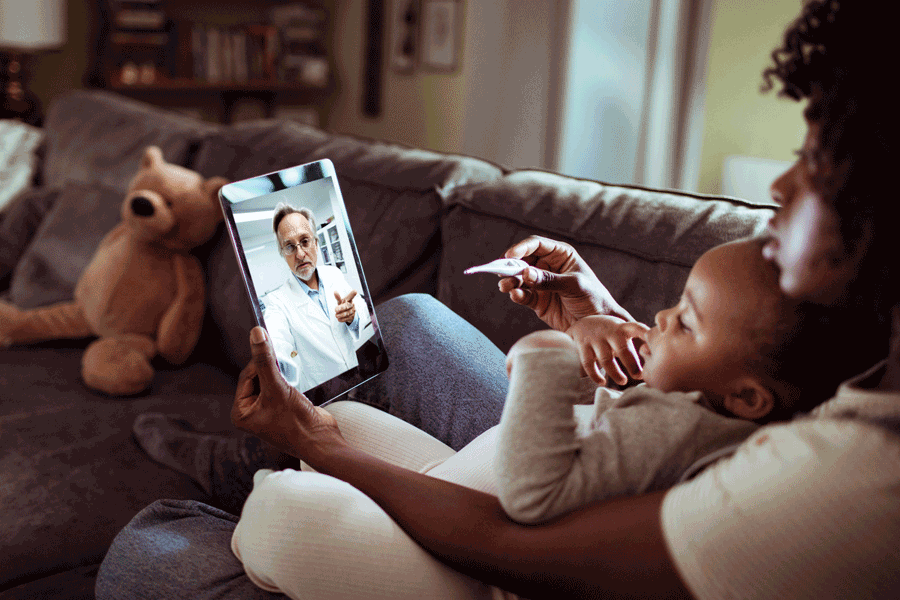Technologies That Play a Significant Role in and Beyond the Pandemic
In the Covid-19 crisis, digital health technology plays a critical role in fostering the connection between patients and providers across the healthcare industry. Clinics and healthcare facilities seek to introduce new processes in order to protect patients and their families. This is an unpredictable and frightening moment, in particular for those who are at risk and who might be infected.
Remote Patient Monitoring
Patients and families can monitor and treat their symptoms at home in quarantine using RPM solutions. This not only eliminates transmitting but encourages care staff to communicate with patients and access updates about the current situation in real-time. The provider is informed immediately if the symptoms worsen and may respond accordingly.
They can minimize the risk of infection for clinicians, thereby slowing the spread of the disease, so patients can walk away from home socially. The patient should believe they have a dialogue with their treatment providers like concentrating on the health, mental, and social elements of the experience through the proper forum and method.
RPM solutions continue to increase in popularity, allowing patients to make fewer visits to the doctor. Incorporating patient-generated health data with artificial intelligence enables clinicians to monitor patients far away without in-person attention.
AI transforming the future of Healthcare
Artificial intelligence is playing an integral part in the healthcare industry in 2020. Due to the high volume of COVID cases, predictive guidance becomes a popular method to enhance patient workflow. Predictive analysis, augmenting treatment with healthy living suggestions are helpful for patients having a potential risk of COVID. AI and machine learning-driven solutions are getting greater emphasis to provide better standards of patient care.
Digital health technology playing a vital role in the COVID-19 health crisis. Over the next few years, machine learning and AI-driven solutions will be more implemented. Many healthcare providers are focusing on patient-facing healthcare applications, voice-controlled, and remote patient monitoring solutions.
Telehealth
The use of Telehealth and Telemedicine has exponentially grown over the period of a few months. Although these technologies were not new before the pandemic but now serving as the best way to reduce the risk to the patients, clinicians, and their families. Contact tracing, Monitoring COVID-19 symptoms of potential and recovering patients are the main features of Telehealth. Telemedicine includes an online analysis of the history of patient medication, medical education, supervision of treatment, and drug use history.
smartData Enterprises always analyzed the market situations carefully and developed several applications that are going to serve the demands in the healthcare industry.

